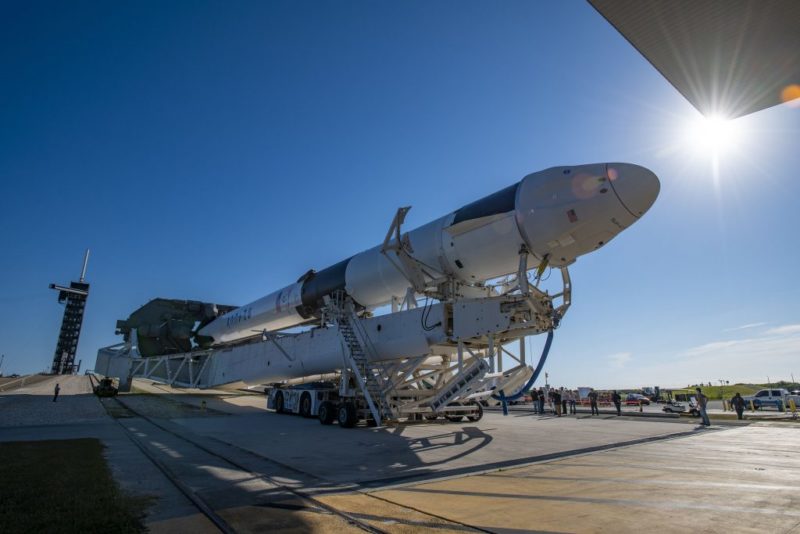
As NASA presented a “What’s On Board” briefing ahead of the CRS-22 Dragon cargo mission to the International Space Station (ISS), the weather outlook for Thursday’s opening launch attempt is trending slightly downward due to a threat posed by lingering cloud cover and showers. At present, CRS-22—flying as part of the second-round Commercial Resupply Services contract between NASA and SpaceX—is targeted to launch atop a Falcon 9 booster from historic Pad 39A at the Kennedy Space Center (KSC) in Florida at 1:29 p.m. EDT Thursday, with a backup opportunity at 1:03 p.m. EDT Friday. At the same time, SpaceX and AxiomSpace, Inc., on Wednesday confirmed plans for four crewed flights to the sprawling multi-national orbital outpost through 2023.
Despite earlier expectations that weather for Thursday might tip noticeably in SpaceX’s favor with an 80-percent probability of acceptable conditions, the prospects for both the primary and backup days look set to hover at about 60 percent.
“Extensive atmospheric moisture currently residing across the Bahamas will continue to be siphoned northwest towards the area around the periphery of the subtropical ridge,” noted the 45th Weather Squadron at Patrick Space Force Base. “Onshore flow will favor night and morning shower activity at the coast, while the East Coast sea-breeze gets an early start to its inland journey each day, focusing afternoon storms to the west of the Spaceport.
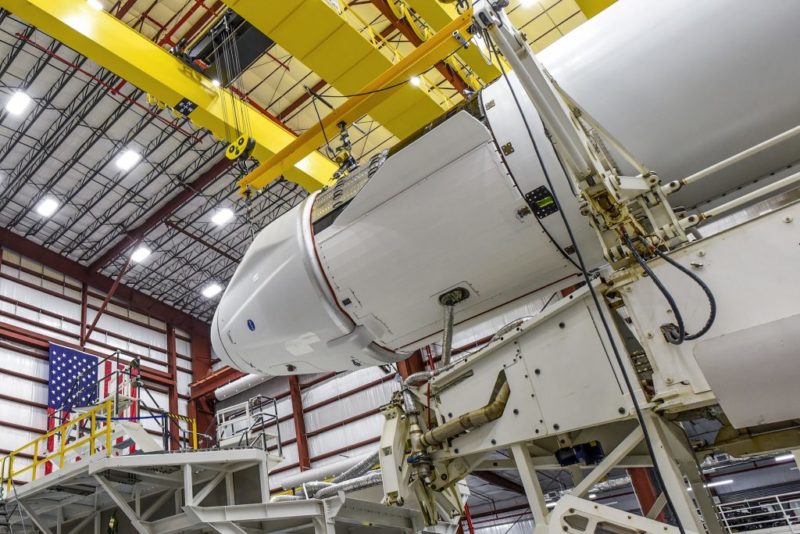
“However,” the 45th added, “the threat for lingering clouds and showers extending into the early afternoon hours over the waters and along the coast appears somewhat higher compared to earlier forecasts.” Potential violations of the Cumulus Cloud Rule and Flight Through Precipitation Rule are the current potential showstoppers.
CRS-22 represents the 22nd Commercial Resupply Services mission to the ISS, conducted under the auspices of NASA and SpaceX. Following a demonstration flight of Dragon to the station in May 2012, a total of 20 dedicated missions under the first-round CRS1 contract were launched between October 2012 and March 2020, of which all but one reached orbit and delivered its cargo to the ISS.
A second-round CRS2 contract, signed in January 2016, provided for at least six more Dragon missions, the first of which—CRS-21—was launched last December and returned safely to Earth in mid-January. All told, they lifted in excess of 100,000 pounds (45,000 kg) of payloads, equipment and supplies to successive ISS crews and returned around 80,000 pounds (36,000 kg) of materials back home.
As outlined yesterday by AmericaSpace, CRS-22’s most notable cargo is the first set of ISS Roll-Out Solar Arrays (iROSAs), which are tucked inside its unpressurized “trunk”. These represent the first pair of six new arrays which will partially cover (and “shadow”) six of the station’s eight “legacy” Solar Array Wings (SAWs), furnishing a power hike of 20-30 percent from 160-215 kilowatts to support future electrical needs.
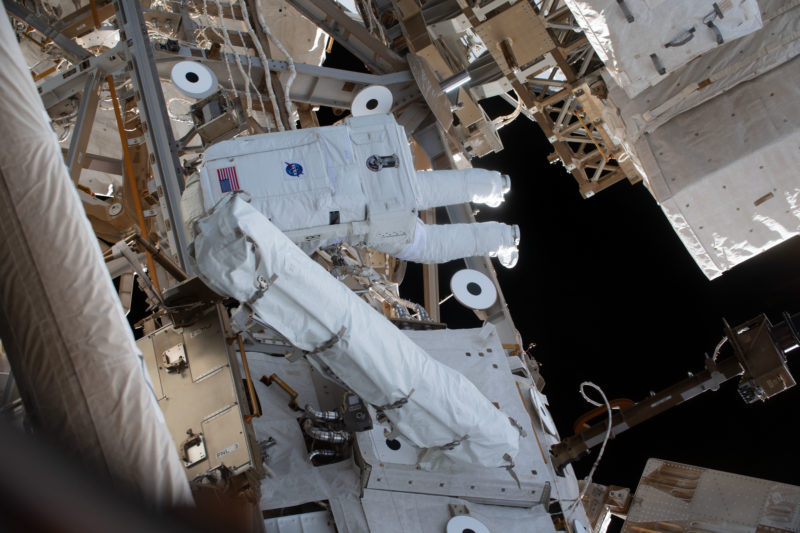
A pair of spacewalks later this month by Expedition 65 astronauts Shane Kimbrough and Thomas Pesquet will install the new iROSA hardware onto Power Channels 2B and 4B on the P-6 truss segment, the oldest set of legacy arrays, launched and installed way back in the fall of 2000.
But alongside the iROSA arrays, Dragon’s pressurized capsule is brimming with 4,295 pounds (1,948 kg) of science and technology hardware, almost half of which comprises science investigations, with smaller quantities of Extravehicular Activity (EVA) equipment, vehicle hardware, computer resources and crew supplies. And it is expected that when Dragon returns to Earth for an oceanic splashdown in July, it will bring home about 5,300 pounds (2,400 kg) of payloads and science results.
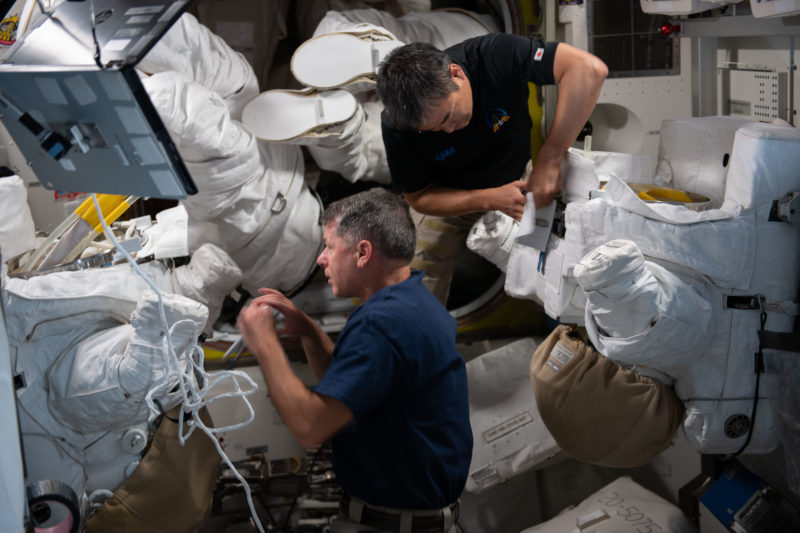
The hardware heading uphill includes the Understanding of Microgravity on Animal-Microbe Interactions (UMAMI), led by Principal Investigator Jamie Foster of the University of Florida. This focuses on newly-hatched bobtail squid and bacteria to ascertain the processes by which microbes colonize and influence animals’ development processes. Potential applications of this research include better protective measures to preserve astronauts’ health on long missions and a more comprehensive awareness of the complex interactions (known as “symbiosis”) between animals and beneficial microbes.
Principal Investigator Simon Gilroy of the University of Wisconsin at Madison is providing the Targeting Improved Cotton Through On-Orbit Cultivation (TICTOC) experiment, which has received funding from the Target retail chain. It seeks to understand how roots affect the resilience of plants to stress, water-use efficiency and carbon sequestration during the critical phase of seedling establishment. Three lines of cotton will form the basis for the TICTOC study, which will be conducted inside the space station’s Veggie facility, as part of wider research goals to understand the structure and growth of plant roots for future food and oxygen production in space.
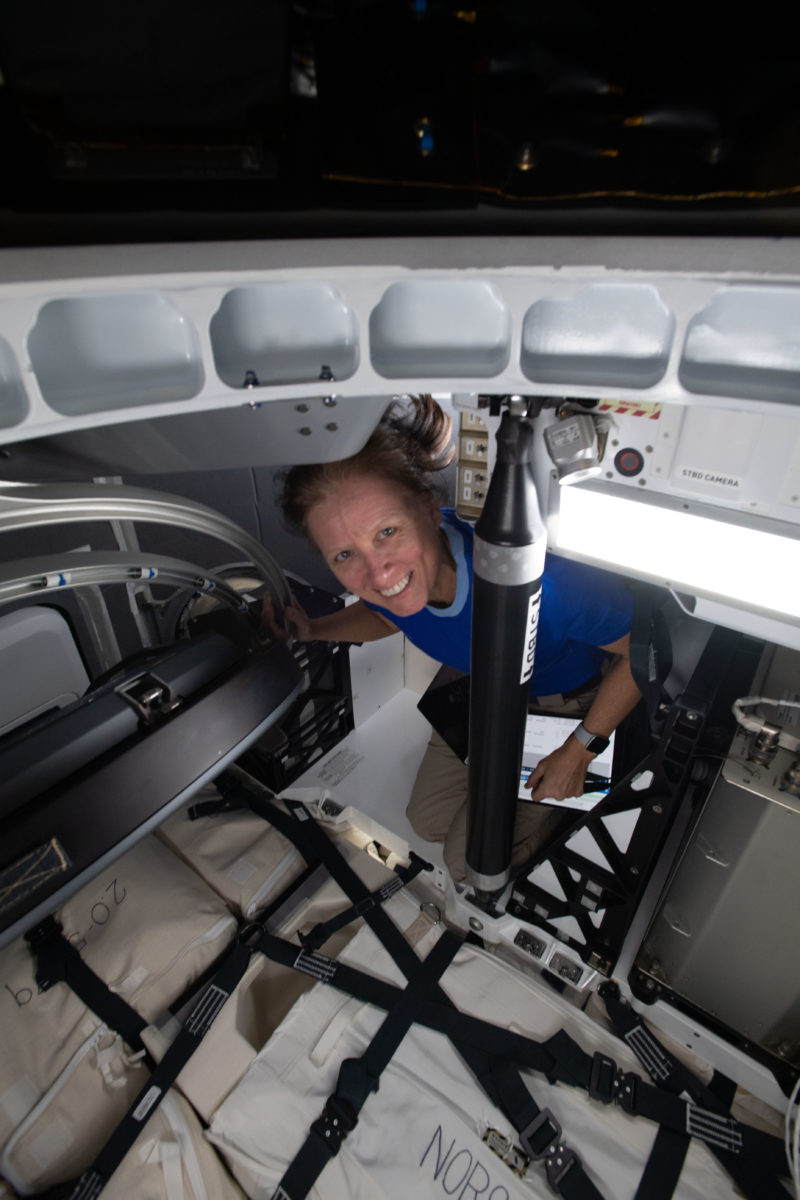
The Cell Science-04 investigation, led by Principal Investigator Thomas Boothby of the University of Wyoming, will use a peculiar microscopic organism known as the tardigrade—otherwise known as the “water-bear”, owing to its apparent bear-like gait—to understand biological survival mechanisms in the most harsh conditions known to us. Tardigrades are polyextremophiles capable of survival in multiple extreme environments and have a demonstrated track record in space, having not only survived but successfully reproduced in low-Earth orbit. As part of Cell Science-04, investigators are hoping to understand the genes involved in tardigrade adaptation and survival in high-stress conditions.
Also aboard CRS-22 is a portable ultrasound device which may serve as a pathfinder for long-duration space missions where immediate medical support from the ground is not possible. And the European Space Agency (ESA) has provided its Pilote experiment to test the effectiveness of remotely operating robotic arms and space vehicles with virtual reality and haptics interfaces.
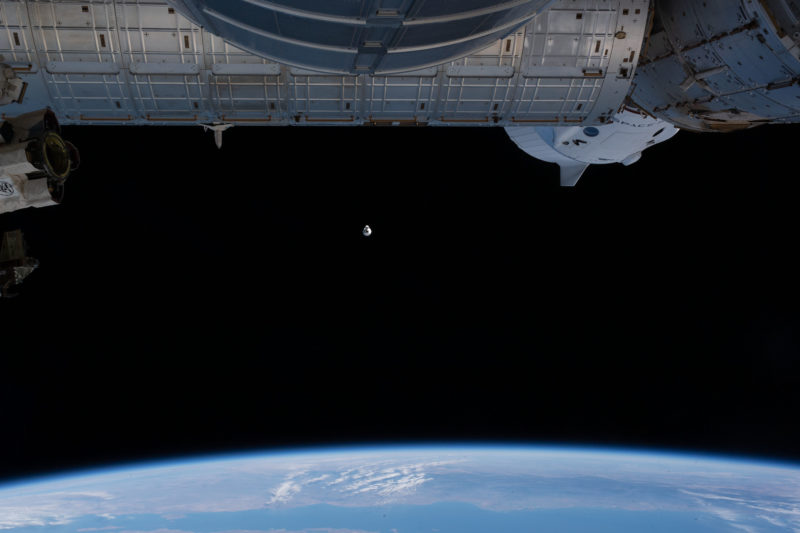
In readiness for tomorrow’s launch, the Dragon spacecraft was attached to the tip of its Falcon 9 booster last week and yesterday the 230-foot-tall (70-meter) stack was rolled horizontally out to Pad 39A and elevated to the vertical. As this vigorous pre-launch campaign unfolded on the ground, efforts to prepare for Dragon’s arrival have taken center-stage aboard the ISS itself.
On Tuesday, Expedition 65 astronauts Kimbrough and Megan McArthur participated in three-dimensional computer training for the docking and on Wednesday undertook a Dragon Rendezvous Review. Assuming CRS-22 launches as planned, the cargo ship is expected to dock at the station early Saturday morning, with Kimbrough and McArthur monitoring its systems and approach profile.
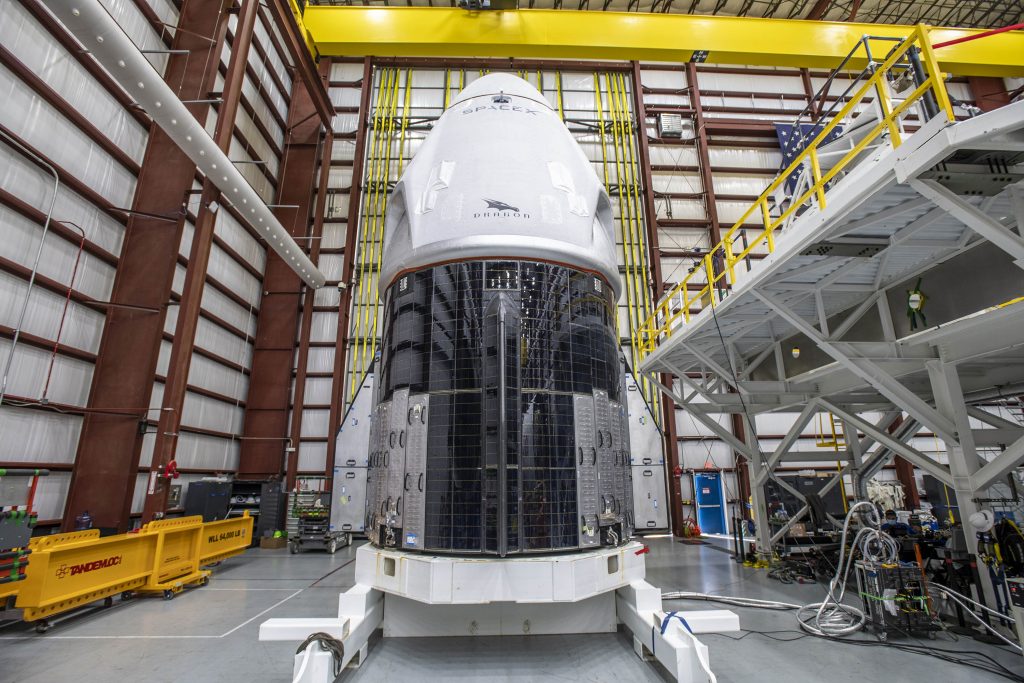
Also on Wednesday, SpaceX and AxiomSpace, Inc., announced their intent to stage four Crew Dragon missions to the ISS next year. Former ISS commander, the most experienced U.S. spacewalker and current AxiomSpace senior executive Mike Lopez-Alegria is expected to lead a crew of four on the ten-day Ax-1 mission no earlier than January 2022.
In spite of his prior credentials as a professional NASA astronaut, Lopez-Alegria and his Ax-1 teammates—U.S. entrepreneur Larry Connor, Canadian investor Mark Pathy and veteran Israeli fighter pilot and philanthropist Eytan Stibbe—will represent the first “all-private” crew in history to voyage to the space station.
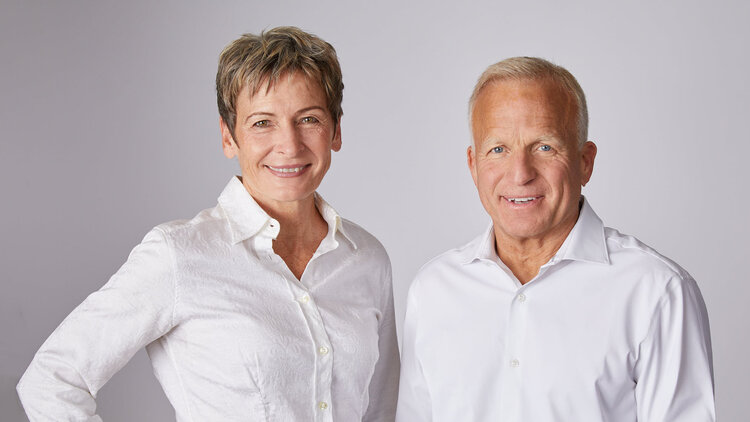
NASA and Houston, Texas-based AxiomSpace revealed an expectation that further flights would occur “approximately every six months, subject to NASA approval and as traffic to the ISS allows”. Training expanded last month, when AxiomSpace announced that Peggy Whitson—the first female station commander, first female chief of NASA’s Astronaut Corps and the world’s most seasoned female spacewalker—would partner with champion GT racer and life science advocate John Shoffner for the Ax-2 mission, scheduled to fly later in 2022. Both are currently also training as part of the Ax-1 backup crew, with Whitson gearing up to become the first woman to launch to the ISS as many as four times.
With Wednesday’s announcement by AxiomSpace of a “blockbuster deal” with SpaceX, a pair of additional missions—Ax-3 and Ax-4—are now also firmly on the books. And although launch dates have yet to be finalized, the contracts reportedly extend “through 2023”, which is in keeping with AxiomSpace President and CEO Michael Suffredini’s remarks in May that the missions would fly roughly twice-yearly.
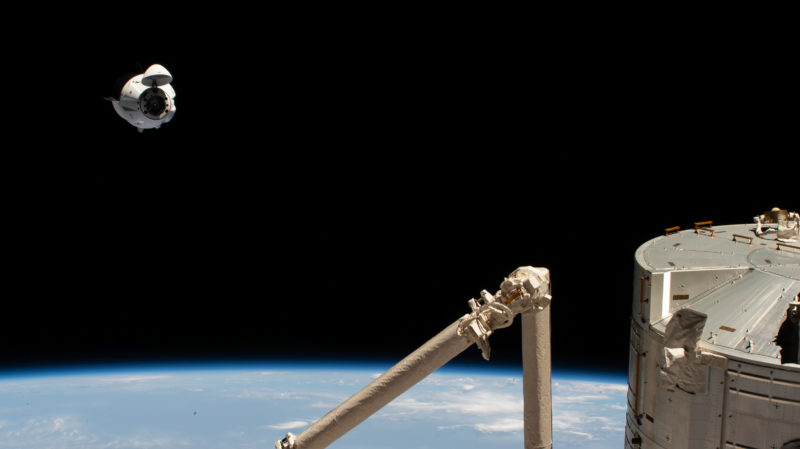
“We are beyond excited to build upon our partnership with Axiom to help make human spaceflight more accessible for more people,” said SpaceX President Gwynne Shotwell after the announcement. “A new era in human spaceflight is here.”
“Axiom was founded on a vision of lasting commercial development of space,” said Mr. Suffredini. “We are on track to enable that future by managing the first-ever private missions to the ISS as a precursor to our development of the world’s first commercial space station.” Current plans envisage AxiomSpace launching its own pressurized modules to the ISS from 2024, with an expectation that by 2028 it will “be able to detach and operate” as the space station’s “privately-owned successor, forming the core layer of infrastructure in orbit for years to come”.
FOLLOW AmericaSpace on Facebook and Twitter!
Missions » ISS » COTS » CRS-22 »



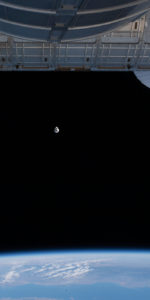
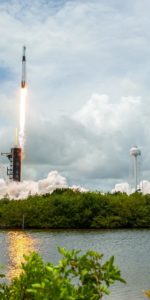
2 Comments
2 Pings & Trackbacks
Pingback:As CRS-22 Readies for Thursday Launch, SpaceX, AxiomSpace Plan for Four Missions Through 2023
Pingback:Crew Medical Issue Delays Spacewalk to Prepare for New Solar Arrays « AmericaSpace